Things to Know Before Going to Costa Rica
Costa Rica
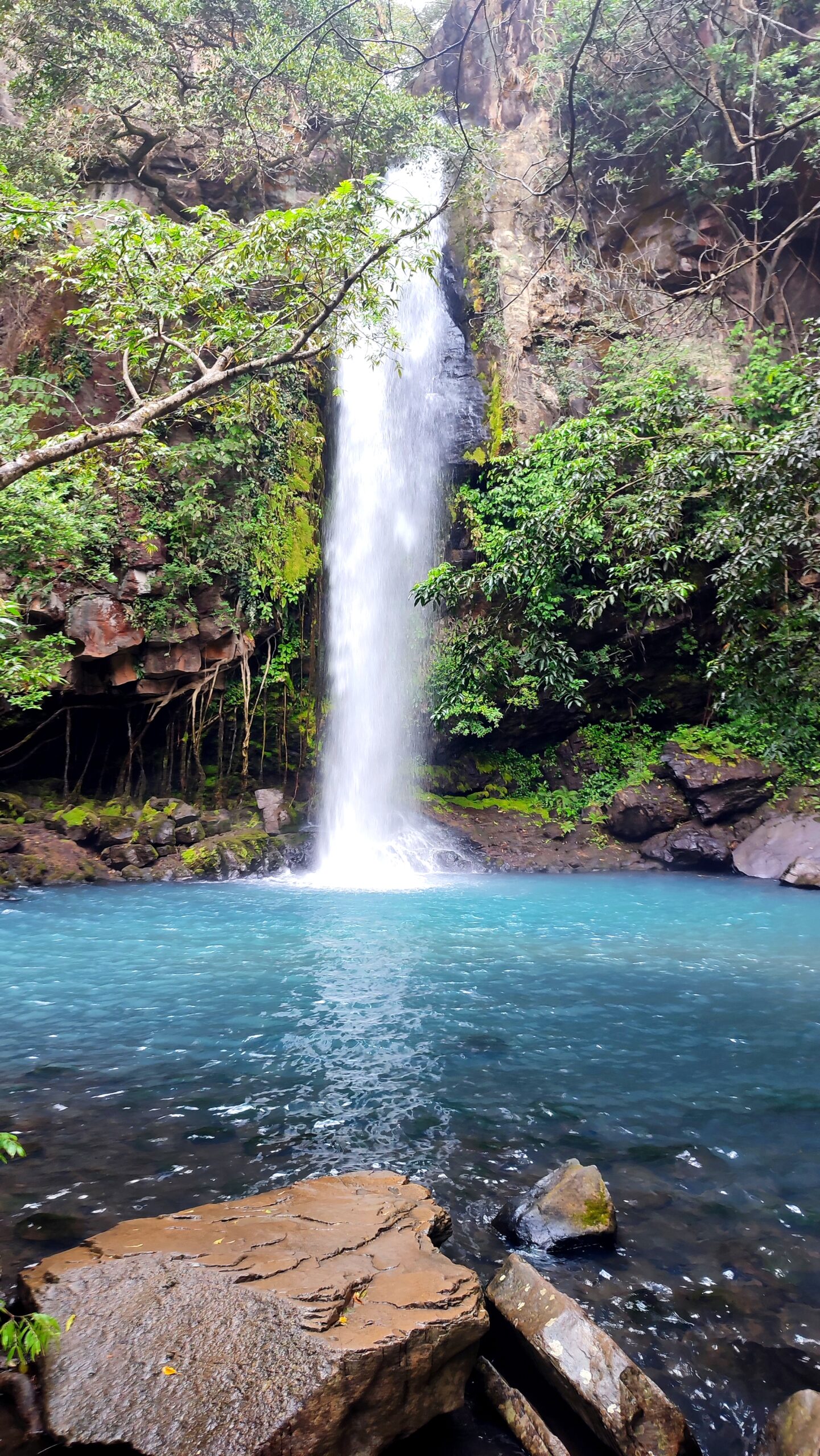
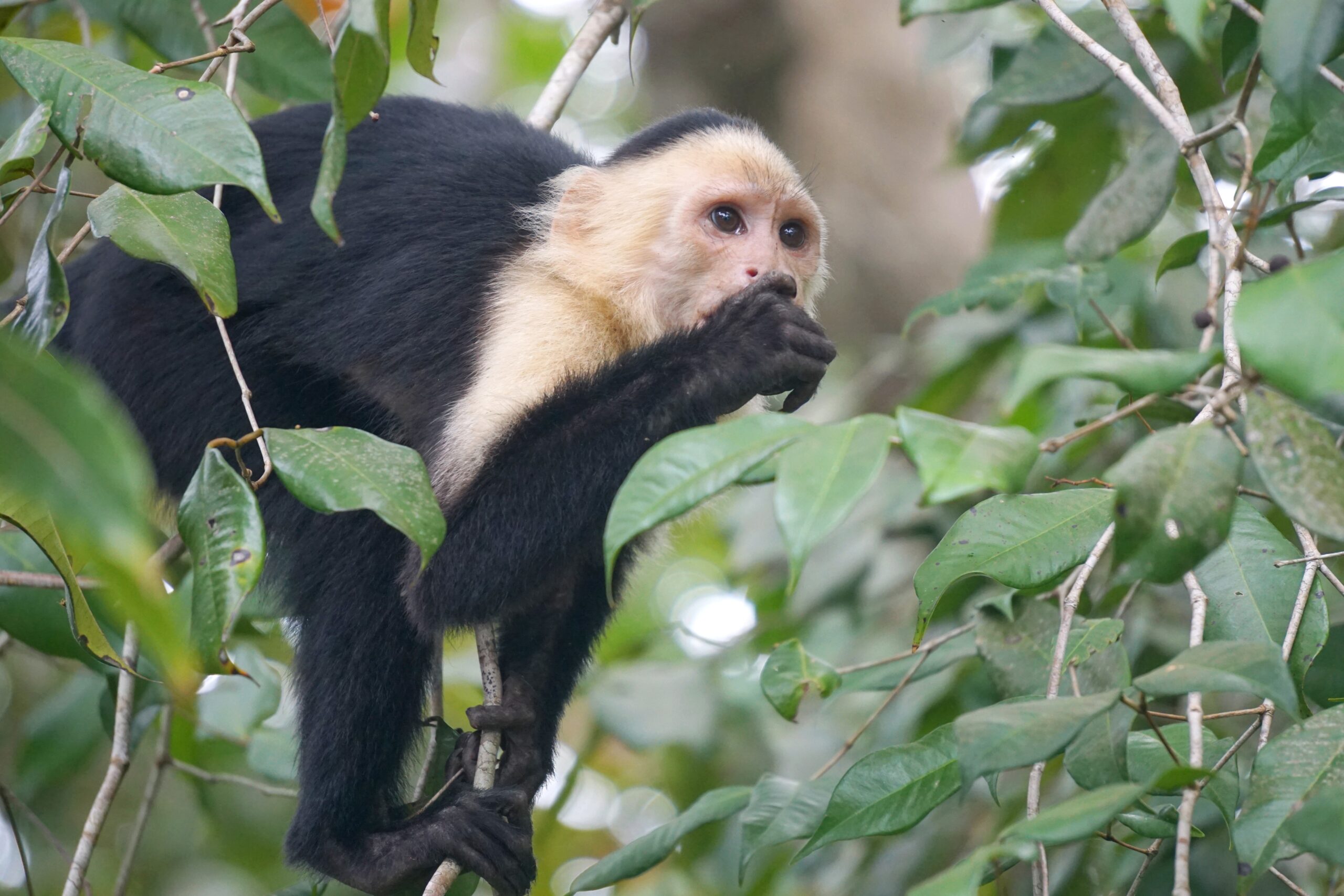
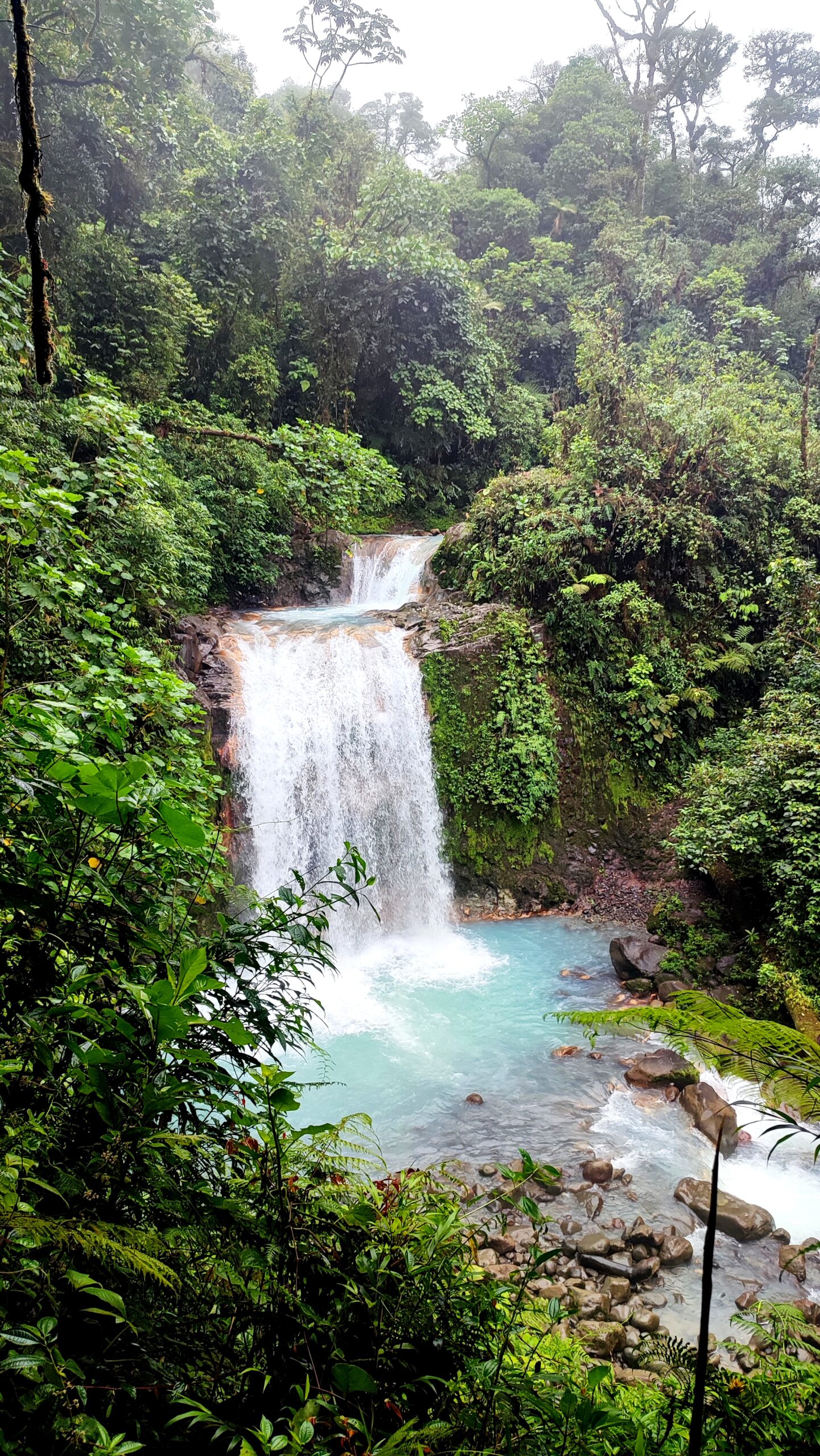
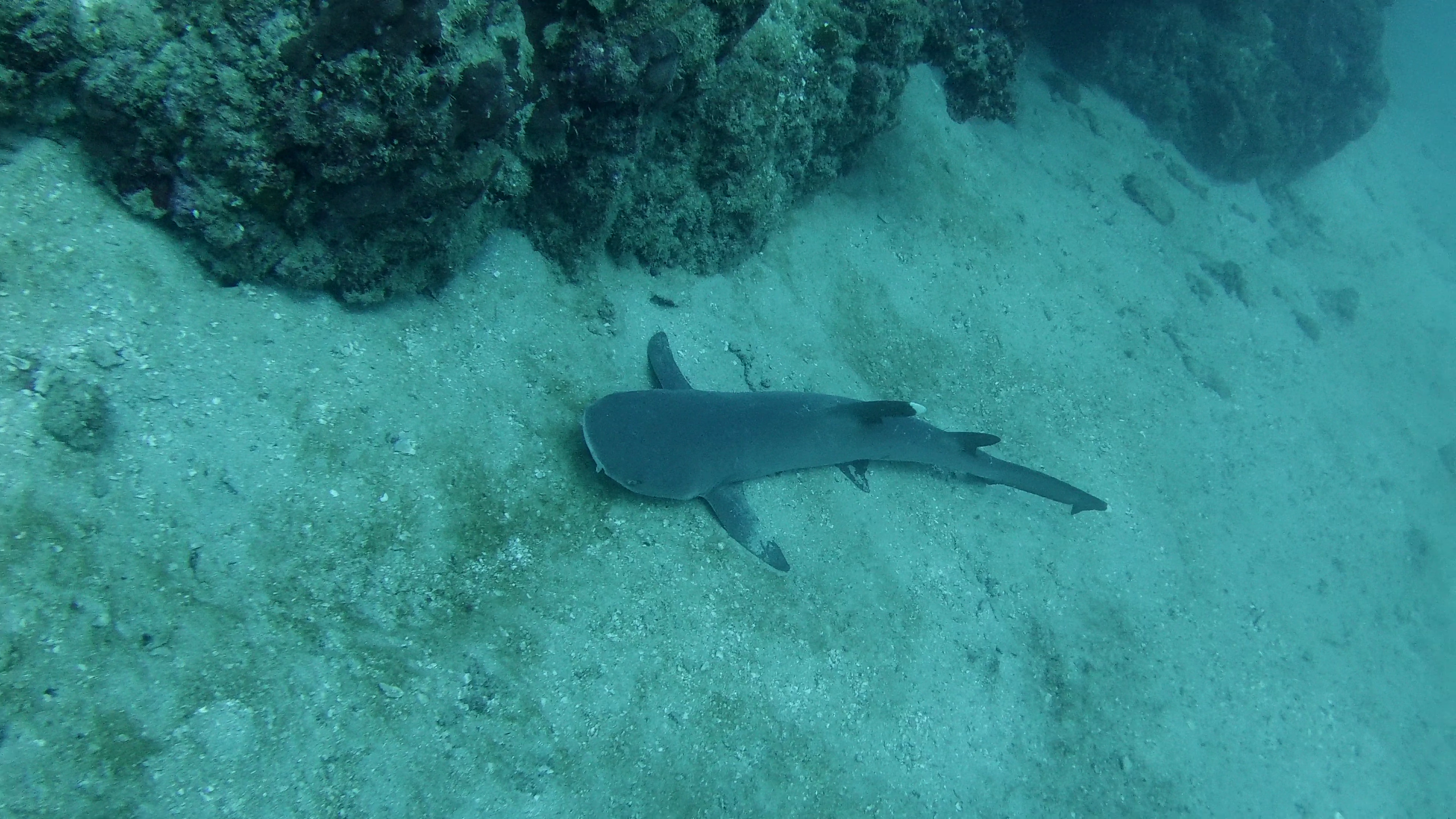

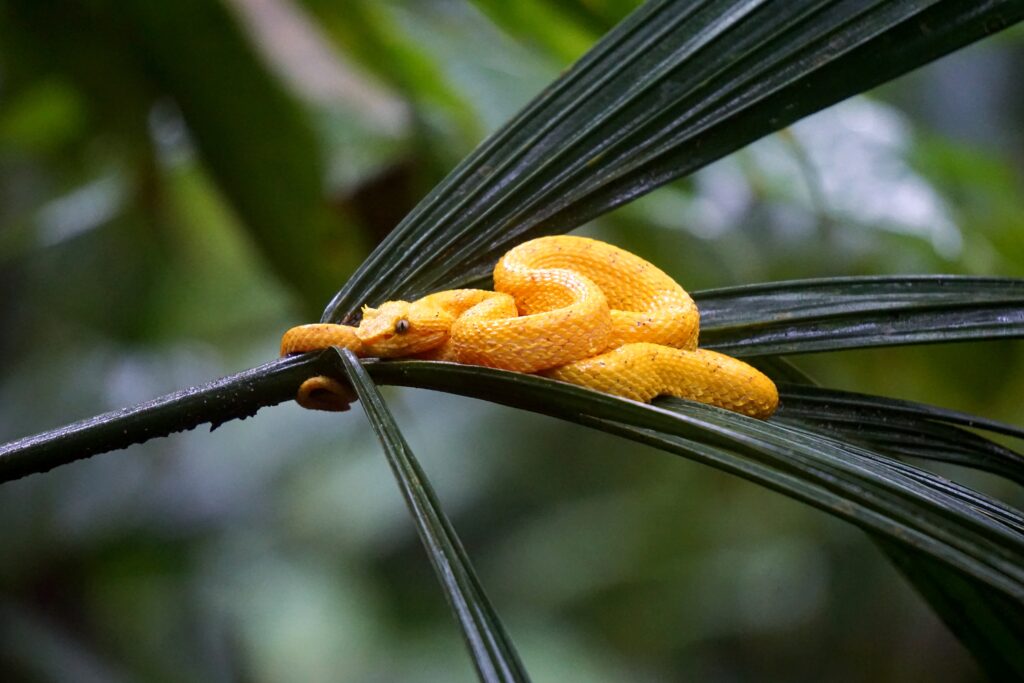
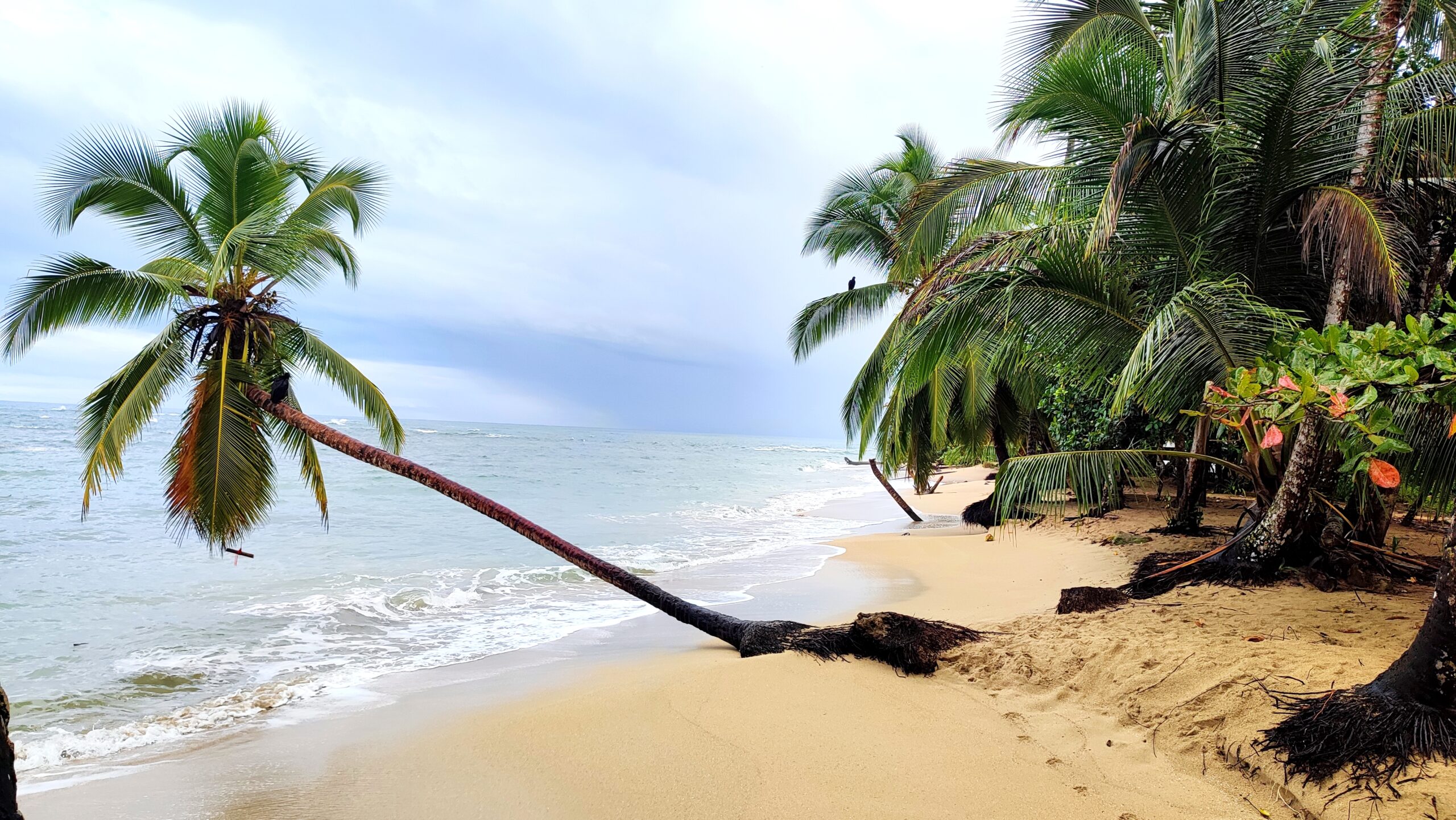
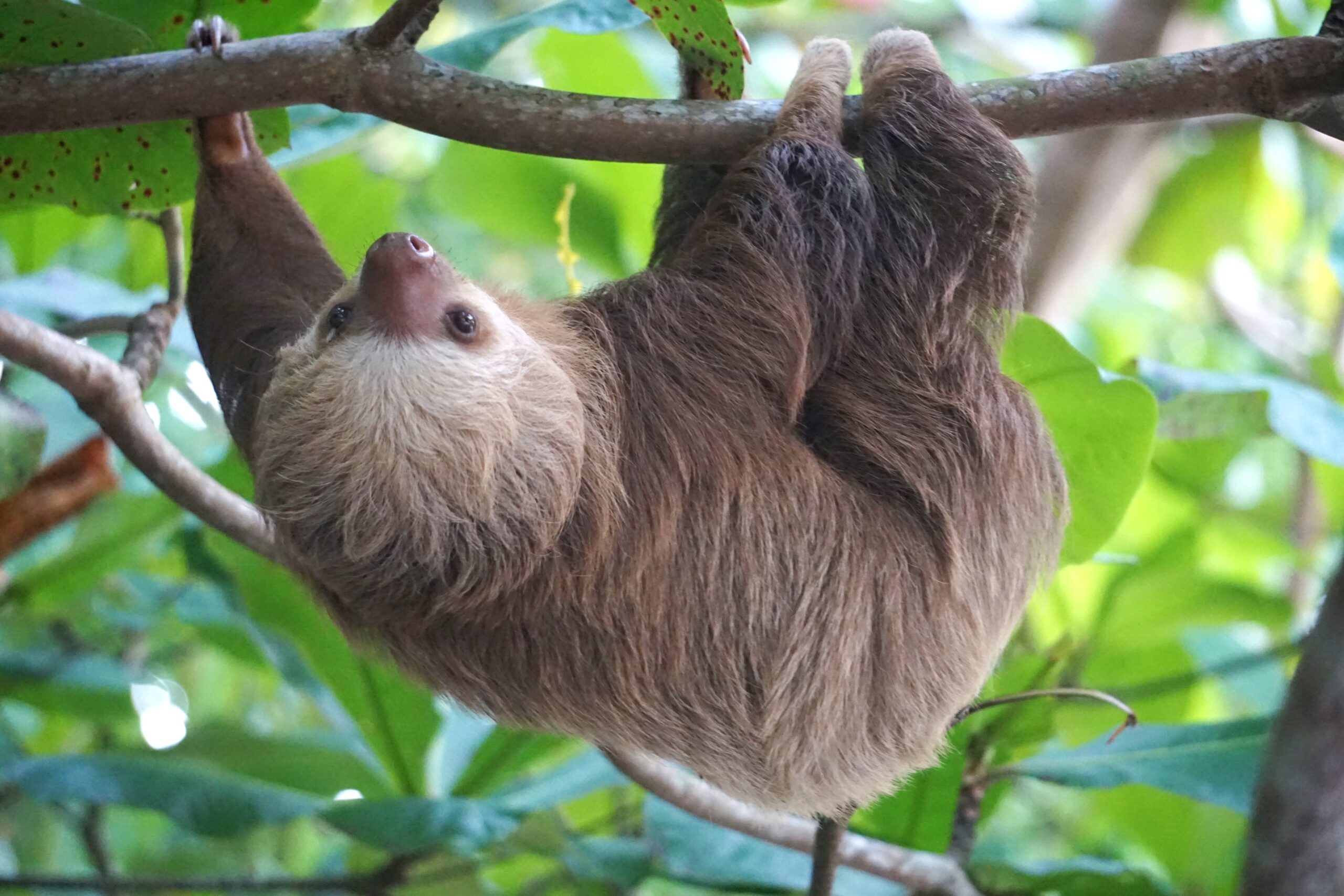
Costa Rica has a population of around five million in a land area of 51.000 km2 (19.710 sq mi). It has been ranked among the world’s best ecotourism destinations, allowing you to visit volcanoes, waterfalls, heavenly beaches, natural parks, and an endless variety of flora and fauna. It is the perfect destination for nature and adventure lovers.
Below you will find some points to be taken into consideration if you are thinking of traveling to Costa Rica:
Climate
It has a tropical climate. There are two different seasons in Costa Rica, the dry one and the rainy one. The rainy season is generally pegged as the months of May through November, while the dry one is the months of December through April. Bear in mind that there are some areas very humid during the whole year, such as Monteverde. Here you have some tables with the average maximum and minimum temperature per month. average maximum and minimum temperature per month in various cities.

Safety and Security
Costa Rica is considered the safest country of Latino América. However, like in every country, you should avoid roaming over some neighborhoods late at night.
For women it might be a little overwhelming. There are high chances that someone will try to flirt with you (not in an aggressive way but might be tiring). Some ticos don’t waste any opportunity. Doesn’t matter if you are in a bar or taking a surf class. In addition to this, as you will not only be a tourist but also look like one, some might try to take advantage of you and might try to make you pay more money for activities, fruits, or whatever.
And last but not least, you shouldn't leave any valuables in your car in remote places (parkings of waterfalls, beaches, etc).
Health requirements
You don’t need to get any special vaccineto go to Costa Rica, it’s not compulsory. However, depending on your country of origin, it might be recommendable to get some. It’s better if you ask advice from the specialists of your country.
In addition to this, we strongly recommend you taking an insect repellent, and if you are planning to do a night activity you should wear pants and long sleeve shirts. There will be many mosquitoes interested in your blood, and some areas of Costa Rica such as the central pacific have a higher dengue infection rate.
Drinking tap water is safe almost in the whole country. Same with food.
Travel Insurance
It’s also recommended to get a travel insurance. It should be ok, but you never know… You can check this website out and compare the different types they offer. Some credit cards also include travel insurance in their package such as the Revolut Premium.
Currency
The local currency of Costa Rica is the Coronas (CRC). 1$ is 680 CRC (2022, July). American dollars are accepted almost everywhere, however, they will apply the exchange tax they want, so paying in CRCs is a better deal. Probably you won’t be able to get CRCs from your country, but you can get dollars, and once you are there, get CRCs. The promerica bank is a good option as they apply the official rate, you only need to bring your passport with you.
We strongly recommend you to have a credit/debit card such as the Revolut one. It’s free and it allows you to pay abroad with a low tax rate, and even get the local currency from an ATM with almost no charges!
Gastronomy
Sodas are worth-mentioning. They are the simple and cheap version of restaurants. Here you have a list of typical Costa Rican food, you will be overwhelmed by the rice and beans. It's everywhere!
- Gallo Pinto: For breakfast. It’s the most famous meal. Rice, beans, egg (fried, scrambled, …), fried banana and cheese.
- Casado: It’s like the gallo pinto but for lunch or dinner, with the rice and beans separated. It comes with meat or fish and sometimes with a small salad.
- Olla de carne: Soup cooked in an “olla” (cooking pot) with meat, potatoes, carrots, yucca, and other costa rican vegetables.
- Tamales: Stewed meat in sauce. It’s wrapped in corn’s leaves and steamed.
- Fruit: The tropical climate allows for a large variety of high quality fruits, at a very affordable price. You can’t miss mangoes, guavas, papayas, passion fruit, pineapples, granadillas, tamarindos or bananas.
Public Transport / Car
There’s actually no public transport, but rather a series of private companies providing all the bus lines. Cubre las rutas turísticas principales y es cómodo Check hereout). You will easily find buses that take you to Puerto Viejo, Arenal or Quepos. However, if you don’t want to depend on bus schedules and highly likely delays, you should rent a car. Driving is not dangerous in Costa Rica and roads are more or less good (most of them are being rebuilt, 2022). You can visit most of the places even with a Fiat Punto. Regarding car suppliers, I recommend you to book it through rentalcars .
In Costa Rica, you must drive covered by an insurance, the rentalcar's premium works. If you go to the rental office without an insurance, they will try to make money of that, asking ridiculous amounts of money (for instance, 450€ of insurance for a 10 days booking).
Another issue is the navigation. Google maps often sends you on dirt roads inappropriate for cars or roads leading nowhere. Waze is more accurate in Costa Rica.
Costs
Hotels and food are cheap while activities and sports are more expensive.
- Regarding accommodations,you have a wide range of prices, 14$/night for two persons in a cabin, 35$/night for two persons in a beach front accommodation or 100$/night for two persons in an all-included resort. I suggest you to visit the posts we made of Camping Arenal, Hotel Hacienda Guachipelin or Sleeping in a Tree House so you will have a better idea.
- Costa Rica is not a cheap destination for eco-tourism. Prices are not low. For instance, rafting costs 60$ (minimum!), or the entrance to a natura park is 15$. Also, You have to know that the majority of the land is private. If you want to access a waterfall in the middle of nowhere, there will be a private farm that will not allow you to get in unless you pay (5$, 10$ or 15$...).
- Regarding food, you will find restaurants where you can eat for 7$/person. A gallo pinto costs around 4000CRC and a casado around 5000CRC.
Mobile Internet
There are several options that bring you 4G data on your device. At the airport of San José you can get a Claro Sim Card. They will make the installation and will help you with the paperwork. These offers include limited GB but unlimited whatsapp messages. You can find it from 5$. You might get one also in supermarkets or gas stations. There will be different offers so you will be able to choose the one that fits your necessities. If you want to get it done before landing there, you can get a sim card of holafly. They will send it in a couple of days wherever you tell them.
These are the main points you need to know, enjoy a lot and... PURA VIDA!
Comment if you have any question!
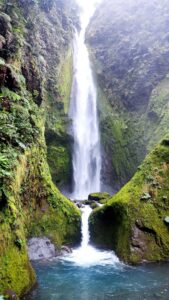
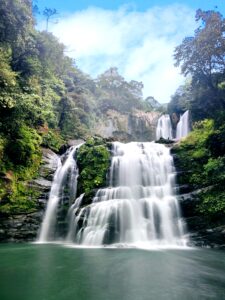
Top site ,.. amazaing post ! Just keep the work on !
Top ,.. top top … post! Keep the good work on !
Hello,
Thanks for the comment, cheers!